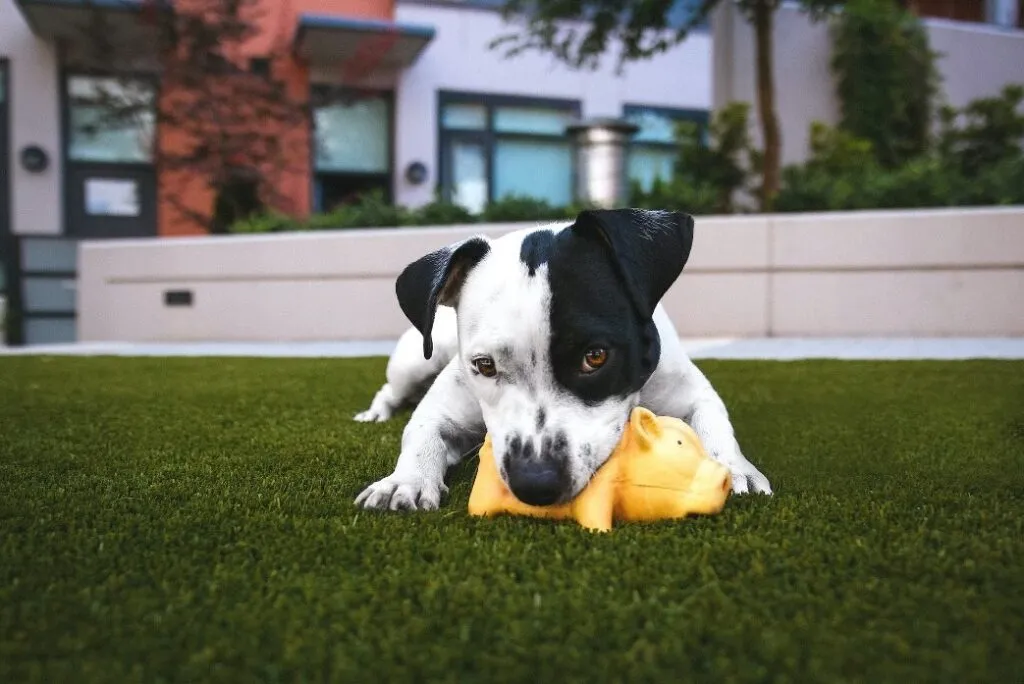Introduction
Bringing a dog home is an exciting adventure, but it also comes with its own challenges. One of the most important things is potty training. Whether you’re a first-time pet owner or a seasoned dog lover, mastering dog toilet etiquette is essential to living in harmony. This comprehensive guide will walk you through the steps necessary to potty train your dog, ensuring a clean and stress-free environment for you and your dog.
1. Understanding Your Dog’s Instincts
Before you start training, it’s important to understand your dog’s natural instincts. Dogs are burrowing animals by nature and prefer to keep their habitat clean. Tapping into this instinct is the key to successful potty training.
2. Establishing a Routine
When it comes to potty training, consistency is paramount. Set up a regular feeding schedule and take your puppy outside at the same time every day. Dogs thrive on routine, so this predictability helps them understand when to do their job.
3. Choosing a Designated Potty Area
Designate a specific area outdoors for your dog to relieve himself. Taking your dog to this location on a regular basis will reinforce the idea that this is the place for you. Be patient and wait for him to finish before praising him.
4. Positive Reinforcement
Positive reinforcement is a powerful tool in dog training. Once your puppy successfully uses the designated potty area, reward him with praise, treats, or affection. This positive association causes them to repeat the behavior.
5. Monitoring Water Intake
Watch your dog’s water intake, especially in the hours before bed. Limiting fluid intake before bed can minimize the chance of nighttime accidents.
6. Recognizing Signs of Need
Learn to detect your dog’s cues when it has to go. Sniffing, circling, or whimpering are common indicators that your dog is looking for a good place to waste itself. Respond quickly to these cues.
7. Utilizing Crate Training
Crate training is an effective method of potty training. Dogs usually avoid soiling their living space, so a suitably sized crate becomes a puppy’s den. Use it as a potty training tool and a safe haven for your dog.
8. Cleaning Accidents Thoroughly
Accidents are inevitable during the potty training process. When they occur, clean the area thoroughly to eliminate any lingering scent that might attract your dog back to the same spot.
9. Gradual Freedom Indoors
As your dog becomes more reliable in outdoor potty habits, gradually allow more freedom indoors. Keep a watchful eye and be ready to intervene if needed. This gradual transition prevents overwhelming your pup with too much freedom too soon.
10. Handling Setbacks Gracefully
Expect setbacks to occur along the way and handle them with patience and grace. Punishment is counterproductive. Instead, reinforce positive behaviors and adjust your training approach as needed.
11. Seeking Professional Help
If you are having trouble potty training, don’t hesitate to seek professional help. A professional dog trainer will provide guidance and personalized advice to address your specific challenges.
12. Consistency Across Family Members
Ensure that everyone in the household is on the same page regarding potty training rules and routines. Consistency across family members reinforces the training and prevents confusion for your dog.
13. Adapting to Your Dog’s Needs
Every dog is unique, and what works for one may not work for another. Pay attention to your dog’s responses and adjust your training approach to accommodate their individual needs and personality.
14. Celebrating Milestones
Celebrate the small victories along the way. Each successful move to the designated potty area is a step towards a fully trained dog. Recognize and appreciate your furry friend’s progress.
Conclusion
Potty training a dog takes time, patience, and consistency. By understanding your dog’s instincts, establishing a routine, and using positive reinforcement, you can encourage good potty habits in your four-legged companion. Remember that setbacks are a natural part of the process. Therefore, stay calm and adjust your strategy if necessary. With dedication and a positive attitude, you will soon have a well-behaved dog who will bring joy and harmony to your home.

I am a dedicated writer, specializes in crafting captivating content centered around Dogs. With a keen eye for detail and a passion for dogs, I delivers engaging narratives that celebrate the bond between humans and their Doggos.


